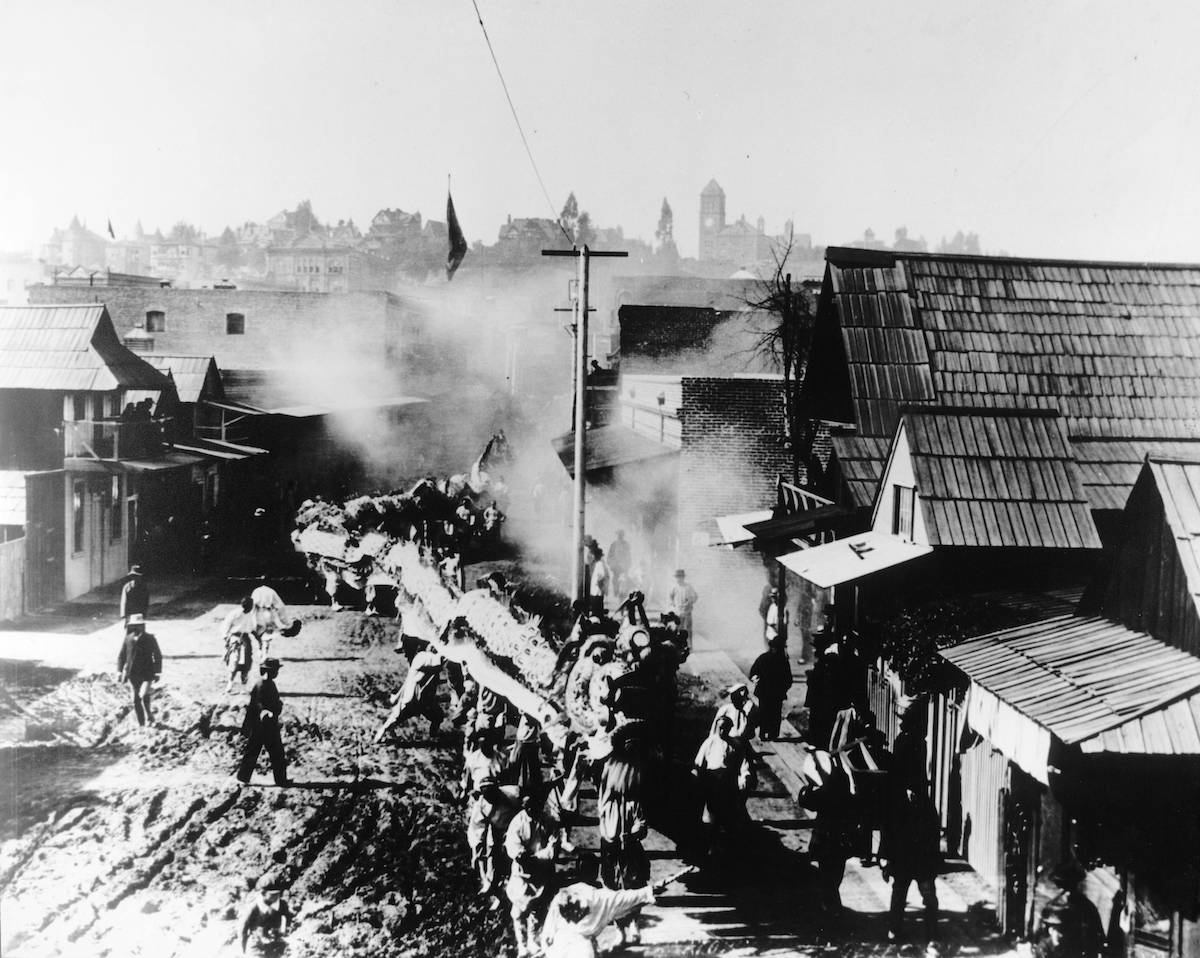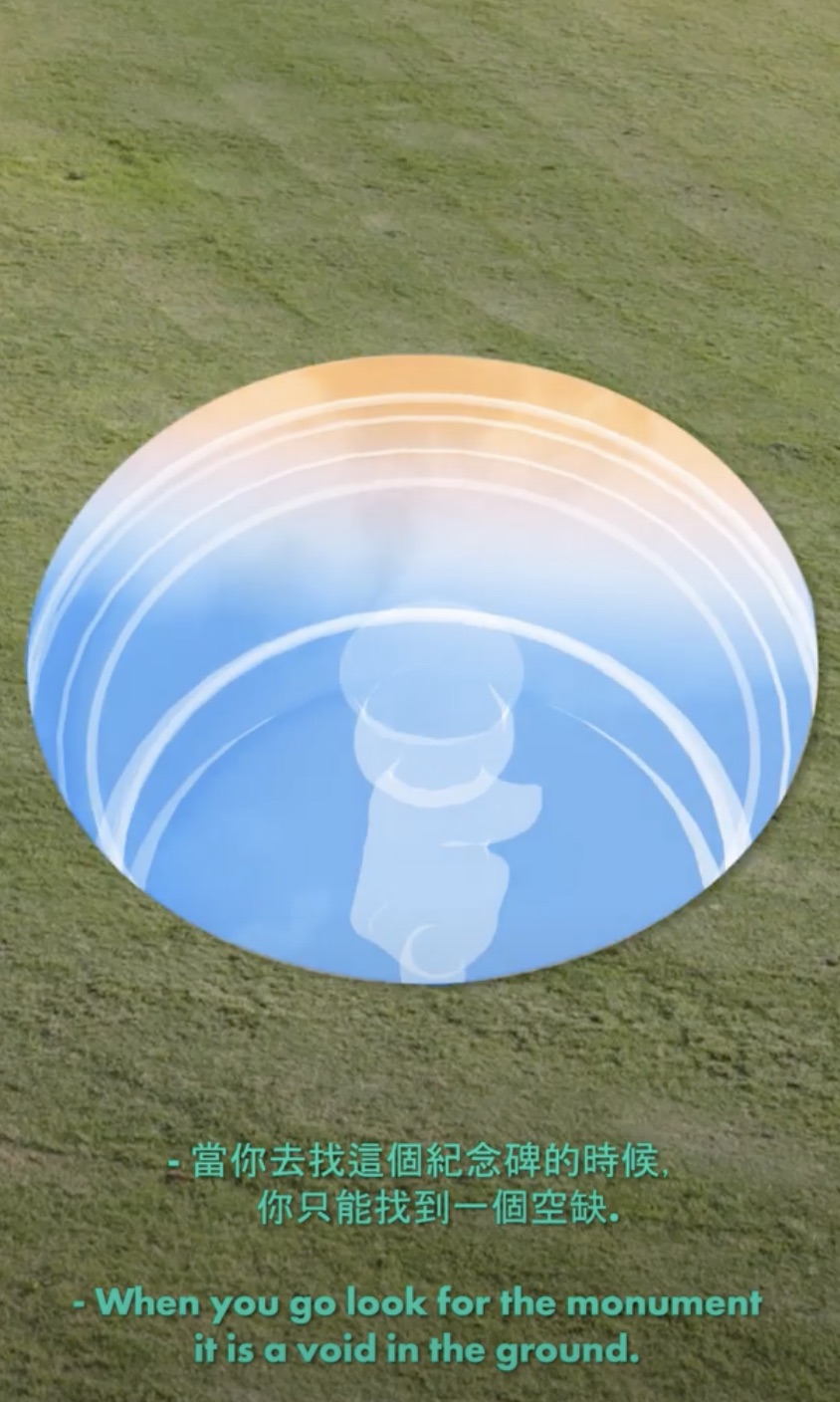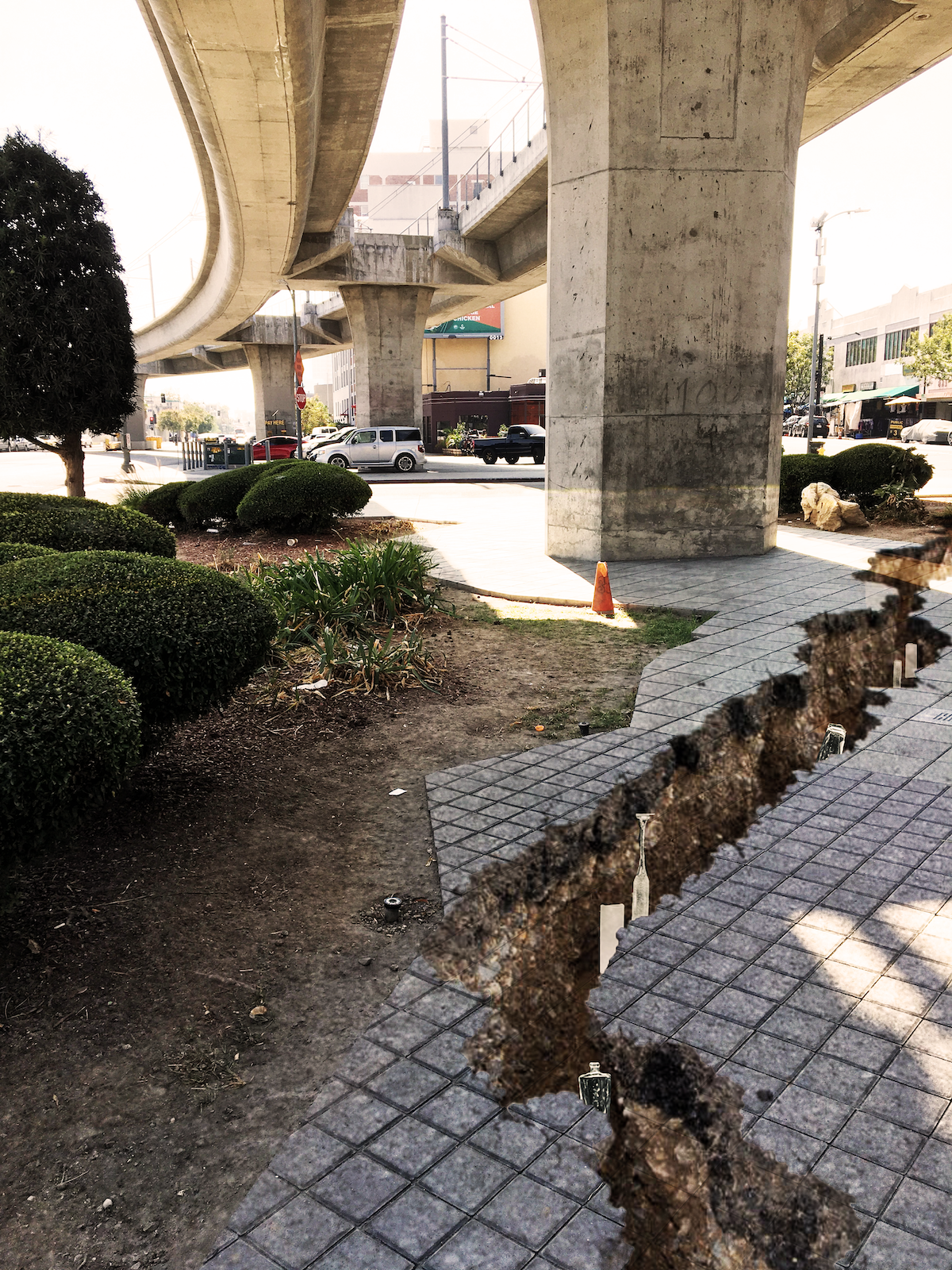LACMA × Snapchat: Monumental Perspectives is a multi-year initiative that brings together celebrated artists and leading technologists to create augmented reality monuments exploring histories of Los Angeles communities. In consultation with community leaders and historians, the initiative’s third and final collection of artists, Victoria Fu, Yassi Mazandi, Rashaad Newsome, Rubén Ortiz Torres, and Alison Saar, have used the lens of collective ancestral memory to examine the individual and communal legacies we leave today and have created works designed to be experienced at locations across Los Angeles with Snapchat’s camera.
To mark Asian American and Pacific Islander Heritage Month, we’re sharing Victoria Fu’s monument 1871.
Victoria Fu is a Chinese-American visual artist who was born and raised in Los Angeles. Responding to anti-Asian sentiment and racially motivated acts of violence in the United States, Fu set out to create a monument to a little-discussed massacre in Los Angeles that took place in 1871.

Fu’s inspiration for the monument came after learning about the lack of awareness and acknowledgement of the Chinese Massacre of 1871; at present no other monument or public notice stands in recognition of the lives that were lost. In 1871, the emerging Chinese community in Downtown Los Angeles included about 200 people, with more than half living along Calle de los Negros, a block-long row of adobe structures on what is today Los Angeles Street. On the evening of October 24, a local rancher, Robert Thompson, got involved in the crossfire between two warring Chinese “tongs,” or organizations. Nearly 500 people descended upon the scene, which culminated in the brutal mass murder of Chinese residents. The 15 victims, including a doctor, a cook, a storekeeper, a laundryman, and a child, were beaten, shot, and lynched, amounting to the largest mass lynching in American history. Anti-Chinese sentiment, driven by labor losses among white residents and fanned by local journalists, fueled this action.
The development of LACMA × Snapchat: Monumental Perspectives was a resonant moment to bring this event to the forefront of collective historical memory. Augmented reality as a medium allowed Fu to create spaces and concepts that would otherwise be impossible to design in the physical realm of a public park. With Fu’s AR lens, viewers can peer down into a large portal on the ground, revealing clouds on the other side of an abyss.
As viewers approach the shape on the ground, they see a variety of generic monument bases shifting as they move. The lens shifts form each time the shapes start to make sense, and the feeling is that of glimpsing a dream, an intangible reality that slips away from one’s vision as quickly as it appears.
The geometric form of 1871 suggests an upended interior, which reaches deep into the ground with the same footprint as a traditional standing monument. Paired with its subtle pastel hues of sunset skies, it’s nearly impossible to look away. By burying the images underground, the tragedy of the massacre is described in abstract terms, representing the repressed histories that lay obscured until they are exhumed from beneath the fabric of our daily lives.

Rather than just a memorial, 1871 is a monument honoring the sheer strength needed by unrecognized early immigrants to defend their memories and culture in hostile foreign lands. This resonates today, especially in a city like Los Angeles, which houses 4.4 million immigrants accounting for 33 percent of its total population.
The voids in Fu’s lens simultaneously acknowledge the absence of a memorial and the impossibility of creating a monument that adequately represents the horrors of the 1871 massacre, with a recorded conversation in English and Mandarin between the artist and her mother that goes some ways to explain what the monument commemorates. Fu’s site-specific lens is situated at Los Angeles Historic Park, a sprawling green oasis in Downtown Los Angeles. It is only a mile from the site of the massacre and is also adjacent to contemporary Chinatown, whose residents, along with the general public, may stumble upon the piece and learn about this under-recognized part of history.




